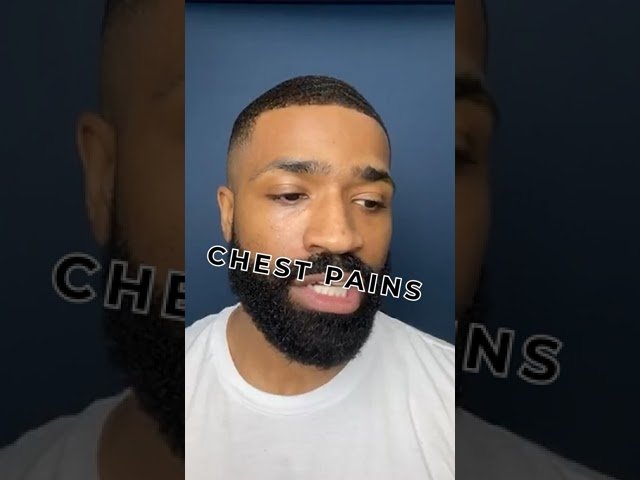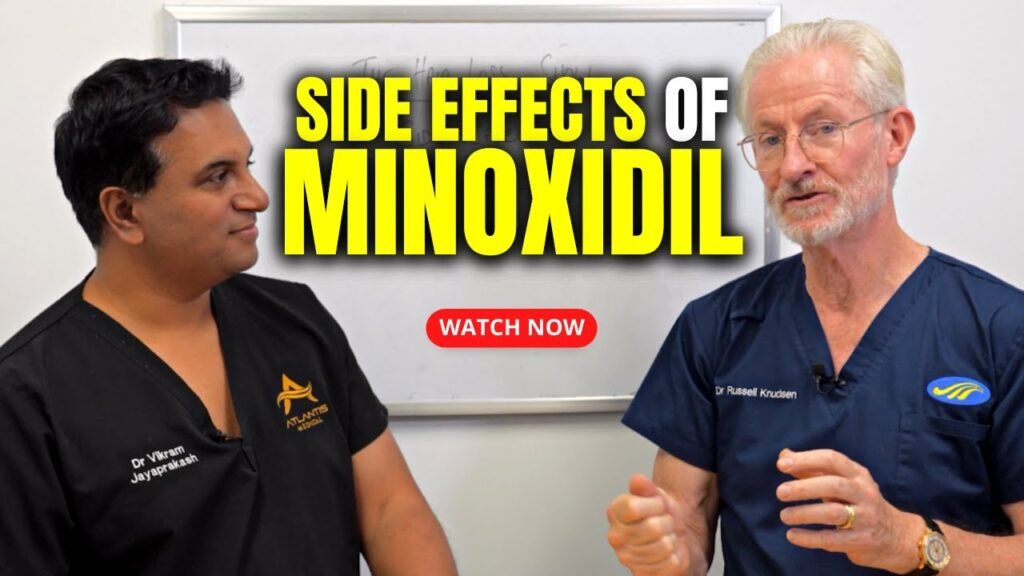Understanding Minoxidil and Its Uses
Minoxidil is a well-known medication primarily used for the treatment of hair loss in both men and women. Originally developed as an oral medication for high blood pressure, it was discovered to have the side effect of promoting hair growth. This led to the development of topical formulations specifically designed to combat hair thinning and balding. Minoxidil is available in various concentrations, typically 2% and 5%, and is applied directly to the scalp. It works by stimulating hair follicles, prolonging the anagen phase of hair growth, and increasing blood flow to the affected areas.
One of the most common uses of minoxidil is in the treatment of androgenetic alopecia, also known as male or female pattern baldness. This condition is characterized by progressive hair thinning and is largely influenced by genetic and hormonal factors. Minoxidils effectiveness in promoting hair regrowth has been well-documented, making it a popular choice for those looking to combat this form of hair loss. Additionally, it can be used to address other types of alopecia, such as alopecia areata, although its efficacy may vary depending on the individual and the specific condition being treated.
When using minoxidil, it is important to follow the recommended application guidelines to achieve optimal results. Generally, the solution or foam is applied twice daily to dry scalp areas where hair thinning is noticeable. Users should be aware that initial shedding may occur as the hair follicles react to the treatment, but this is typically a temporary phase. Consistent application over several months is often necessary before significant improvements are observed. It is also crucial to continue using minoxidil to maintain hair growth, as discontinuation may result in the loss of newly regrown hair.
Common Side Effects of Minoxidil
Minoxidil is widely used for treating hair loss, but like any medication, it comes with its own set of side effects. While many users experience significant benefits, its essential to be aware of the potential reactions your body might have. One of the most frequently reported side effects is scalp irritation. This can manifest as dryness, itching, or flaking. Its crucial to monitor these symptoms, as they can sometimes lead to more severe scalp issues if not addressed.
Increased Hair Shedding
Another common side effect, particularly during the initial stages of use, is increased hair shedding. This might seem counterintuitive, but its often a sign that the medication is working. Minoxidil accelerates the hair growth cycle, which can cause older hairs to fall out more rapidly, making way for new growth. Although this can be alarming, its typically temporary and subsides as the treatment progresses.
Some users also report experiencing unwanted facial hair growth. This side effect is more common in women and can be attributed to the systemic absorption of minoxidil, especially if its not applied carefully. Its important to apply the solution or foam only to the areas of the scalp where hair growth is desired to minimize this risk. If excessive facial hair growth occurs, consulting with a healthcare professional is advisable to discuss potential adjustments in treatment.
Identifying Chest Pain as a Side Effect of Minoxidil
Minoxidil, commonly used for treating hair loss, is generally well-tolerated by most individuals. However, it is crucial to be aware of potential side effects, one of which is chest pain. Recognizing chest pain as a possible side effect of minoxidil can help users make informed decisions and seek timely medical attention. Chest pain associated with minoxidil use might present as a sharp, stabbing sensation or a dull ache in the chest area. It is important to differentiate this type of pain from other causes of chest discomfort, such as heart conditions or muscle strain.
Understanding the Onset and Nature of Chest Pain
The onset of chest pain due to minoxidil can vary among individuals. Some may experience symptoms shortly after starting the medication, while others might notice them after prolonged use. It is essential to monitor any new or unusual sensations in the chest area, especially if they coincide with the initiation of minoxidil treatment. Users should pay attention to the duration, intensity, and frequency of the pain, as well as any accompanying symptoms such as shortness of breath, dizziness, or palpitations, which may indicate a more serious issue.
Steps to Take if Experiencing Chest Pain
If you suspect that minoxidil is causing chest pain, it is advisable to consult a healthcare professional immediately. They can perform a thorough evaluation to determine if the medication is the source of the discomfort or if there is another underlying cause. Meanwhile, consider temporarily discontinuing the use of minoxidil until a medical assessment is completed. Always inform your healthcare provider about all medications and supplements you are taking to help them make an accurate diagnosis. Being proactive about addressing chest pain can prevent potential complications and ensure your safety while using minoxidil.
Immediate Steps to Take if You Experience Chest Pain
Experiencing chest pain can be alarming, and its crucial to act promptly to address the situation. The first and most critical step is to call emergency services immediately. Chest pain can be a symptom of a heart attack, and timely medical intervention can be life-saving. While waiting for emergency responders, try to remain calm and stay seated or lie down in a comfortable position. Avoid any physical exertion, which could exacerbate the pain or underlying condition.
Recognize the Symptoms
Understanding the symptoms that accompany chest pain can help determine the urgency of the situation. If you experience additional symptoms such as shortness of breath, nausea, sweating, or pain radiating to the arms, back, neck, or jaw, it may indicate a heart-related issue. In such cases, do not attempt to drive yourself to the hospital; instead, wait for emergency medical personnel. Being aware of these symptoms can help convey crucial information to healthcare providers upon their arrival.
Administer First Aid if Possible
While awaiting medical assistance, there are a few first aid measures you can consider if youre not allergic or have no contraindications. Chewing an aspirin can be beneficial, as it helps thin the blood and can improve outcomes during a heart attack. However, only do this if you have been advised by a healthcare professional in the past. Additionally, if you have been prescribed nitroglycerin for a heart condition, take it as directed. Remember, these measures are not substitutes for professional medical care but can be supportive until help arrives.
Consulting Healthcare Professionals for Minoxidil Side Effects
When considering the use of minoxidil for hair loss treatment, its crucial to consult healthcare professionals to understand potential side effects. Minoxidil is generally safe, but like any medication, it may cause side effects that can vary in severity. Common side effects include scalp irritation, dryness, and itching, while more severe reactions might involve dizziness, heart palpitations, or unwanted facial hair growth. Discussing these possibilities with a healthcare provider can help in making an informed decision about its use.
The Importance of Personalized Medical Advice
Every individuals health profile is unique, making it essential to seek personalized medical advice when considering minoxidil. Healthcare professionals can assess your medical history, current health conditions, and any medications you are taking that might interact with minoxidil. This assessment is crucial because certain pre-existing conditions, such as heart disease or high blood pressure, may influence the suitability of minoxidil for you. By consulting a healthcare provider, you can ensure that the treatment plan is tailored to your specific needs and health circumstances.
Monitoring and Managing Side Effects
Regular follow-ups with healthcare professionals can help monitor any side effects that may arise from using minoxidil. Early detection and management of side effects can prevent more severe health issues. Healthcare providers can offer strategies to mitigate mild side effects or recommend alternative treatments if necessary. They can also provide guidance on the correct application and dosage of minoxidil to minimize the risk of adverse effects. Keeping an open line of communication with your healthcare provider is vital for safely managing your treatment and ensuring optimal outcomes.


